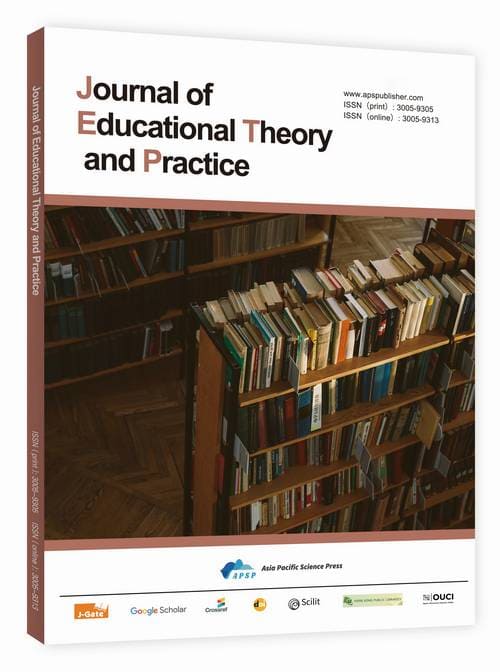A Study of Animal Imagery in Chinese Cinema (1930–1949)
DOI:
https://doi.org/10.62177/jetp.v2i3.583Keywords:
Animal Imagery, National Discourse, Cinematic Rhetoric, Collective MemoryAbstract
Rooted in traditional Chinese culture, animal imagery in early Chinese cinema served as a crucial vehicle for conveying national consciousness. Such imagery played a significant role in character construction, depiction of living conditions, and manifestation of the national spirit. Focusing on film production between the 1930s and 1940s, this paper explores how animal images were presented, what narrative functions they performed, and what values they embodied. Within the historical contexts of national salvation and class critique, progressive filmmakers invested animal figures with social and political appeals, turning them into visual-rhetorical tools for moral judgment, political allegory, and value orientation. These practices vividly demonstrate the deep interaction between artistic creation and ideological expression, underscoring the artistic tradition of “literature as a vehicle for moral instruction” and the social commitment of early Chinese cinema.
Downloads
References
Wang, L. Y. (2020). "A Dog's Purpose": Animal imagery metaphor and emotional code reference. Film Review, (17).
Zhou, Y., & Xin, H. (2021). Aesthetic interpretation of animal metaphors in film narration: Taking Guan Hu's films as an example. Film Literature, (18).
Zhao, Y. Q., & Sun, R. (2023). Research on the current situation and countermeasures of red movies in enhancing audience's national identity consciousness. Journal of Tianjin University (Social Science Edition), 25(06).
Zhang, X. Q., & Yang, K. (2022). Symbols, stories, and images: The construction of the rhetorical system of Chinese storytelling through visuals. Television Studies, (12).
Jia, J. C., & Wang, C. X. (2019). On the development history and independent characteristics of "national defense films". Contemporary Film, (12).
Su, Y. (2022). Collective memory, demystification of heroes, and poetic narration: The creative techniques of the mainstream TV drama "The Age of Awakening". Audio-Visual, (08).
Li, Z. H. (n.d.). The course of beauty. Beijing: SDX Joint Publishing Company.
Liu, Y. Q. (2006). "Spring silkworm" still brings endless thoughts. Contemporary Film, (01).
Mu, X. X. (2021). A typical example of "national defense films" - "The bloody battle at Langshan". Drama Home, (31).
Liu, W. S., & Jin, C. C. (2017). Research on film imagery narration. Art Exploration.
Yu, L. (2025). Aesthetic construction and time value of the adaptation of "Crow and Sparrow". Drama Literature, (04).
Li, X. J. (2005). Rhetorical mirror and discourse in film. Culture and Art Publishing House. (p. 16)
Liu, C. Q. (2025). Visual production of animal images in contemporary American films: Nature, instinct, desire. Wuling Academic Journal, 50.
Li, M. (2006). Exploring the ecological consciousness of contemporary films from the perspective of animal roles and functions. Journal of Liaoning Normal University (Social Science Edition).
Wang, Q. H., & Chen, Y. (2023). Emotion, memory, and identity: Exploring the communication paths of new mainstream films from the perspective of collective unconsciousness. Audio-Visual, (06).
Downloads
How to Cite
Issue
Section
License
Copyright (c) 2025 Min Pang

This work is licensed under a Creative Commons Attribution-NonCommercial 4.0 International License.

















